Over on the Vintage Saxes & Obscure Brands page of the blog, a number of us have been having a discussion about the Henry Lavelle brand of saxophone. (After my initial reply to James’ question, skip down to comment 23 for the rest of the conversation to date.)
Both James and Marilin have Henry Lavelle saxophones. However, the horns look quite different from each other. James’ alto looks the same as the tenor that just sold on eBay the other day.
Henry Lavelle Alto Saxophone Belonging To James Taylor:
Henry Lavelle Tenor Saxophone That Just Sold On eBay:
According to Claudio from Italian saxophone maker Rampone & Cazzani, most of the parts in these horns came from the Orsi factory. However, he also said that some of the parts look like they may have been made by Rampone. So while it is possible that these horns are an Orsi stencil, he believes that it is also possible that the saxes were made in a smaller factory with parts made by both Rampone and Orsi. His overall impression of these Henri Lavelles is that they are very strange saxophones. In order to be sure of their pedigree, he would have to see them in person.
On the other hand, Marilin’s tenor saxophone, which was recently purchased at a second-hand shop for $150 Cdn, has a very obvious pedigree. This Henri Lavelle looks very different from the 2 horns above. Marilin’s horn is clearly an Orsi stencil. Specifically, the sax appears to be a stencil of Orsi’s Concertino 110-C model tenor saxophone.
Henry Lavelle Tenor Saxophone Belonging To Marilin:
I have uploaded a copy of the above page as a PDF file which doesn’t contain the watermark. It is available for viewing under the name: orsistudent.
Marilin’s tenor has a serial number of E26XX, whereas my La Monte (also an Orsi stencil of their Concertino 110-C model) has a serial number of D83XX. Either Marilin’s horn was re-lacquered at some point in its life, or has just not been played very much, since its finish is outstanding.
Over the years the Henri Lavelle name has come up a few times on Sax On The Web. If you are looking for information on the brand, you can always enter the words “Henri Lavelle” into the search box to see what comes up now.
What is clear from the information presented here, is that depending on the model, and perhaps age, of the Italian-made Henri Lavelle saxophone in question, the horn could have either been made by Orsi, or may have been made by a smaller shop using parts that they bought from multiple Italian saxophone manufacturers.
The Orsi-made Henri Lavelle saxophones are student model horns. However, as I have previously stated on the main portion of my website, when speaking of my Orsi-made La Monte:
It is a decent student model horn: one that would very easily hold its own against its contemporaries. I wouldn’t play it over my Mark VI, or even my Martin Handcraft, but if I needed a back-up horn because both my tenors had been run over by a truck, I would certainly use it.
Over the years I have come to discover that most “vintage” student model horns, like the La Monte, King Cleveland, and so on, have a fuller sound than today’s student model horns. The older horns seem to be heavier, and are capable of producing a more “professional” type sound compared to their contemporaries.
As to whether or not the other Henri Lavelle saxophones shown here, of unknown Italian origin (owned by James and the one sold on eBay), are student or professional models, that I can’t say with absolute certainty. However, we do know that most stencil saxophones were considered 2nd line horns, and didn’t have all the features of their first line cousins.
I am with Claudio from Rampone & Cazzani in that I would have to see the sax in person to say for sure, but from the photos I’ve seen, I would say that these saxes of unknown Italian origin, are student model horns as well. However, as I wrote above, the “vintage” student models from yesteryear (say for example the old Bundy saxes which were really well made horns, and were really pro model Buescher Aristocrats under a different name) are oftentimes much better than their modern contemporaries when it comes to producing a professional sound. Ergonomically however, they are more challenging, but then that can be said of most vintage saxophones.


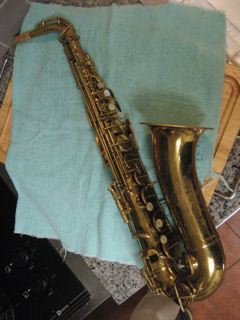
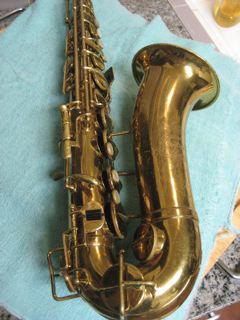

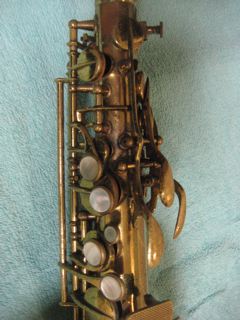
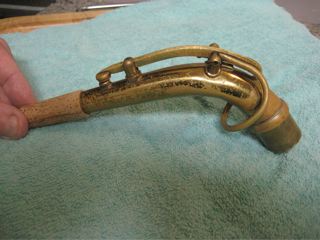
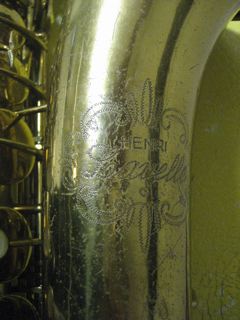






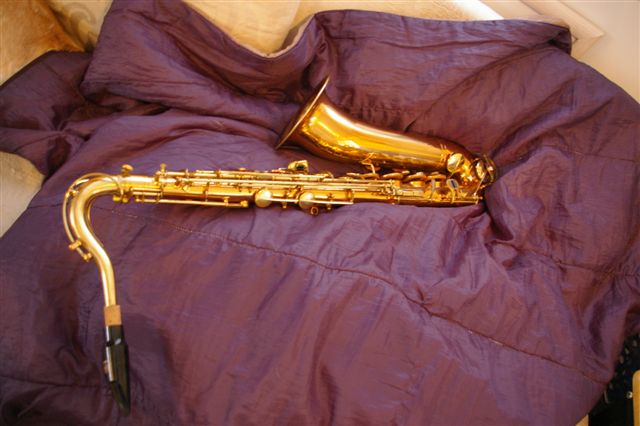



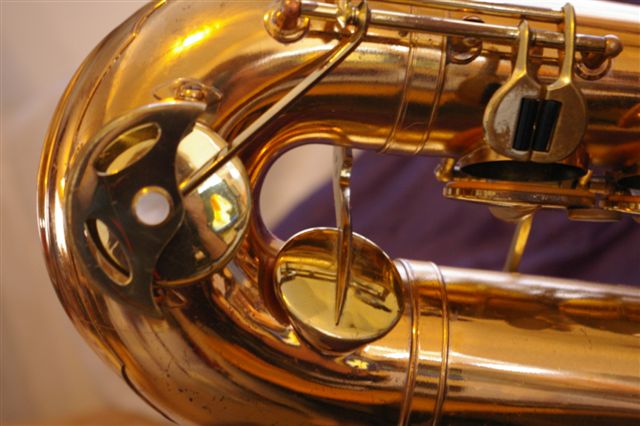


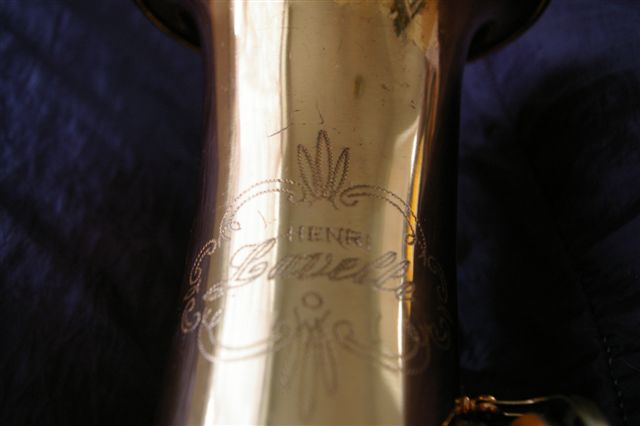



Hi Helen,
I am following your blogs and see you have quite some knowledge regarding Saxophones. I am looking for a tenor. I was bidding for a B&S. Hm. the guy declined my offer. I know it was low but since it is East German, I am not so sure if it is so much worth. Since it is on E-bay you never know what you get.
Do you have any knowledge about the B&S brand. The sax was build around 75.
thanks Klaus
Hi Klaus. Welcome to my site.
Is this the B&S tenor you were looking at? These saxes are commonly referred to as blue label saxes, because of the blue B&S logo that was used by the company on the body/bell support ring prior to the reunification of Germany. These particular B&S saxes are generally not worth as quite as much as those models made post unification (the 2001 & Medusa for example).
Have you checked out Sax On The Web’s (SOTW) area dedicated to B&S saxophones? There are quite a few players who are very committed to their horns, and have a lot of experience with them. Personally, I’ve never had the chance to play a blue label B&S sax, so I can’t comment from personal experience unfortunately.
I found this thread that might be of interest to you (price is mentioned here & it’s quite recent), but a search of the sub-forums dedicated to B&S will most likely net you a great deal of information. Some of it will most likely be very useful.
You are of course very correct Klaus, buying on eBay is always risky, since you never really know what you get. That’s why I personally like to buy from people like Sarge at World Wide Sax, or Gayle at Vintage Sax.com, or other reputable dealers. In the end, while you might pay a bit more up front, at least you know that you’re exactly a horn in exactly the condition it’s described to be in. No surprises, no extra costs that you have factor in after you buy it. With eBay horns, you need to allow extra money for repairs, set-up, etc. etc.
I hope this has been somewhat helpful to you Klaus. Let me know what you think after you’ve checked into some of the SOTW sub-forums.
Regards,
Helen